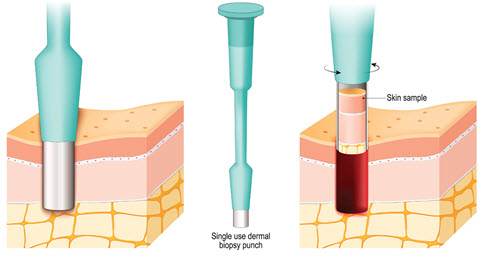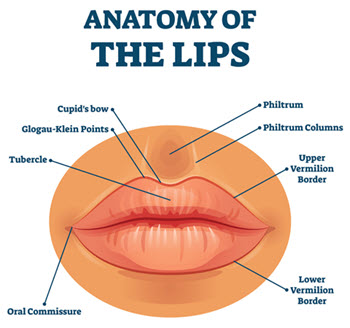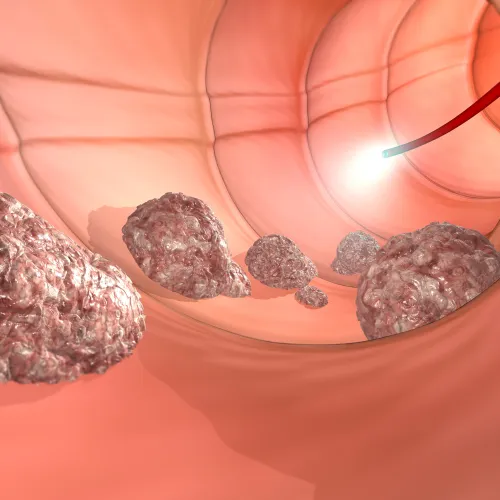Spotlight Common Skin Biopsy Errors With 3 Cases
Use this coding trick to avoid costly multiple-biopsy mistakes. Using skin-biopsy codes 11102-+11107 (… biopsy of skin …) seems straightforward enough — but is it? Turns out that reporting skin biopsy cases is fraught with common blunders that could cost you money or earn you denials or fraud charges. See if you can find the slip-ups in each of the following three cases, then see how our experts explain the reasons. Case 1: Focus on Site for Proper Code Selection The surgeon performs a biopsy of the vermilion border of the upper lip. Using a 4 mm punch tool and removing a full-thickness cylindrical skin sample, the surgeon manipulates the defect to approximate the border and closes with continuous 4-0 nylon sutures. Coder effort: The coder in this case reported the service as 11104 (Punch biopsy of skin (including simple closure, when performed); single lesion). The coder clearly understood that CPT® distinguishes initial skin biopsy codes based on surgical method, as follows: Trap: By focusing on the biopsy method, the coder missed a bigger issue you must first address when reporting a skin biopsy, which is: Surgical site: CPT® includes a long list of body-area-specific biopsy codes that you will need to use if your provider performs a biopsy in one of the following areas: Tip: When starting your search for the most specific biopsy code, always look in the CPT® Index to verify whether a more specific code is available before defaulting to the CPT® codes from the 111xx category. Case 2: Know When To Report Additional Services The surgeon excised a 2.8 cm lesion suspicious for cancer from the patient’s left cheek, and submitted it for pathologic diagnosis. The surgeon closed the site with sutures in the subcutaneous tissue, superficial fascia, and skin. The pathologist confirmed the lesion as basal cell carcinoma. Coder effort: The coder reported the case as 11643 (Excision, malignant lesion including margins, face, ears, eyelids, nose, lips; excised diameter 2.1 to 3.0 cm) for the excision, and 11106 because the surgeon submitted tissue for pathologic diagnosis. Bundling: The coder should not have reported 11106 in addition to 11643. A brief glance at the CPT® guidelines preceding the biopsy codes refute the idea of billing a biopsy in addition to the excision. The instructions indicate that obtaining tissue for pathology during the course of procedures such as excision, destruction, or shave removals often includes submitting tissue for pathology as a routine component of the service. “This obtaining of tissue is not considered a separate biopsy procedure and is not separately reported,” according to CPT® instruction. Exception: If the surgeon excises one lesion and takes a skin biopsy from a different anatomic site on the same date of service, you can report both procedures using a modifier such as 59 (Distinct procedural service) or XS (Separate structure…). Intent: Although it is true that the intent of a biopsy is to send tissue for a pathologic diagnosis, that is not sufficient for reporting a biopsy code. “If the intent is to remove the lesion and then send it for pathology, then an excision code should be reported rather than a biopsy code,” advises Jan Rasmussen, PCS, CPC, ACS-GI, ACS-OB, owner/consultant of Professional Coding Solutions in Holcombe, Wisconsin. Missed opportunity: The coder did not add an appropriate code to capture the surgeon’s work in performing an intermediate (layered) closure. The CPT® guidelines preceding the malignant lesion excision section state that the procedure includes simple closure, but “Repair by intermediate or complex closure should be reported separately.” In this case, you should report 12052 (Repair, intermediate, wounds of face, ears, eyelids, nose, lips and/or mucous membranes; 2.6 cm to 5.0 cm) in addition to 11643. Case 3: Master Multiple Biopsy Coding The surgeon performed three tangential biopsies, two punch biopsies, and two excisional biopsies from a patient’s trunk for multiple skin lesions and submitted them for pathologic diagnosis. Coder effort: The coder reported the following: Trap: The coder correctly noted the need to use add-on codes for “each separate/additional lesion,” but missed critical CPT® instruction about coding different biopsy methods on the same date. The simplest case involves multiple biopsies using the same technique, and if this case had been only three tangential biopsies, then the coder’s use of 11102 and two units of +11103 would be correct. But when the surgeon performs multiple different types of skin biopsies on the same date, CPT® guidelines instruct you to “select the appropriate biopsy code (11102, 11104, 11106) plus an additional add-on code (+11103, +11105, +11107) for each additional biopsy performed.” Trick: The guidelines don’t tell you how to select which is the “initial” biopsy code, but the selection does matter. In the case of multiple biopsies, you should select the most extensive biopsy procedure for the first (non-add-on) code. Fortunately, this is easy to figure out because CPT® lists the integumentary biopsy codes in hierarchical order from the least (11102) to the most (11106) extensive procedure. Case solution: Correct coding and payment for this case example is as follows (all payment reflects Medicare Physician Fee Schedule National non-facility rates with conversion factor 34.6062): Missed opportunity: Even when you adhere to the CPT® guidance, if you had selected 11102 as the initial code and reported all others at the add-on rate, the payment would be $481.37. Overpayment: If you had submitted the case as the coder had suggested, you would expect a denial or an overpayment that could subject you to fraud charges. Using the coder’s suggestion, the payment would be $639.52






